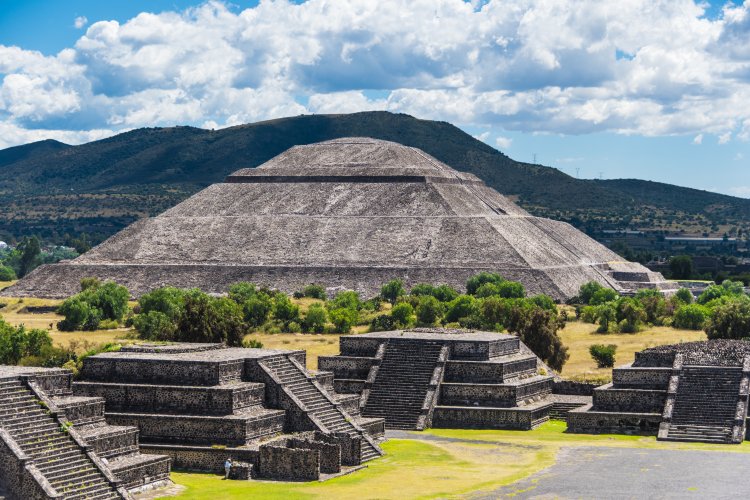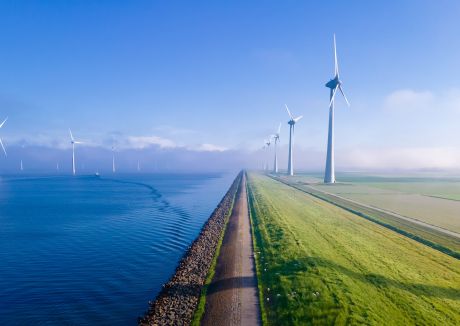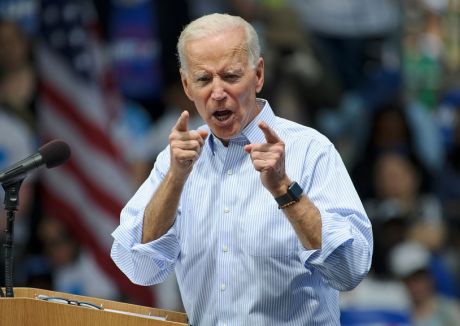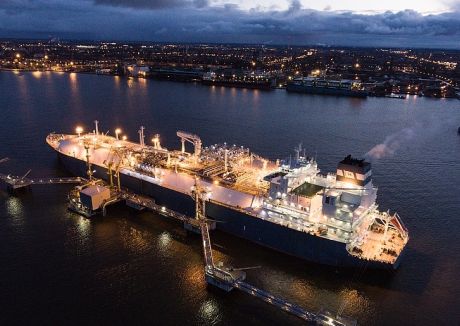Mexico endured a volatile start to 2017. Incendiary rhetoric emanating from Donald Trump’s White House about the building of walls and imposition of punitive import tariffs combined with the Gasolinazo demonstrations (against the rise in domestic petrol prices) to create a deep sense of unease within the country.
The Mexican peso fell by 12% against the greenback following the US election, forcing direct intervention from the Banco de Mexico in the currency market – something not seen in many years. Investor fears have since receded, reflecting an overshoot in bearish sentiment, as crude oil prices recovered and the benefits of a strengthening US economy for Mexico was priced in.
Despite this turbulence, Mexico has continued to drive forward its energy market reform programme that began back in 2013. Building on the momentum of a successful auction process for deepwater exploration blocks in late 2016, the government is now focusing on the opening up of the downstream gas market.
Over the course of 2017, the government aims to offer capacity on the state-owned national pipeline network (known as Sistrangas) in an open-season process that will create a secondary market for capacity.
On top of this, 70% of state-owned petroleum company PEMEX’s gas supply contracts will migrate to independent suppliers, based on a ‘raffle’ type process, and price deregulation will begin with the removal of formulae that set gas prices at two locations in Mexico – Reynosa in the north and Ciudad PEMEX in the south.
This liberalisation process is expected to generate new opportunities for investors (both financial and strategic) to access one of the best-performing gas markets in the OECD region. Gas Strategies forecasts that gas demand will grow by 3.3%/year between 2016 and 2045, when consumption is projected to exceed 14 Bcf/day (about 145 Bcm/year).
We see opportunities for participation across three broad areas:
Transmission
Under a new, liberalised Mexican gas market the development of transmission infrastructure will be led by the private sector, based on market need and not on the current ‘centrally planned’ approach that has seen over 7,000 km of pipeline tendered for construction since 2013.
Currently, the network is fragmented and does not function as a single system – we see opportunity for developers to respond to the needs of a growing market, with an expanding ecosystem of buyers and sellers in the long term. Currently, transmission development outside of the national network is concentrated in four main operators (TransCanada, Ienova, Fermaca and Grupo Carso). Possible nearer-term entry strategies could include buying recently completed transmission pipelines or seeking M&A opportunities involving the dominant developers.
Distribution
As the market ‘digests’ the large slug of midstream capacity coming online, there will be a further expansion in distribution zones as participants seize the opportunity to connect industrial buyers to newly arrived gas supply. This process will gain further momentum as potential gas buyers can pursue portfolio diversity by contracting with multiple suppliers.
Distribution is considered a key growth area in terms of infrastructure development in the medium-term and can offer developers solid customer growth potential. Distribution could also include small-scale LNG applications in shipping and trucking. The Baja California peninsula remains excluded from the network, with small-scale LNG a possible way of connecting it with the rest of Mexico.
Storage
Should Mexico’s gas demand grow as expected, it will soon be a top-ten OECD consumer. At present, Mexico has only three days of gas storage cover (in the form of LNG) while the OECD average is 83 days.
Due to minimal swings in seasonal gas demand, gas storage has had no commercial imperative in the past. The expected rapid growth in renewable energy could change that, as rising renewable power output increases the intermittency of combined-cycle gas turbine generation (the dominant power source) and storage is required to manage these swings.
Mexico looks set to be the standout performer in the Latin American energy sector in 2017 and investors are rightfully excited about the opportunities that the continued liberalisation process will offer – specifically in the downstream gas market.
To be successful, investors will need to evaluate different participation options to identify areas where there is potential to build a platform for enduring value.
Gas Strategies is a global specialist professional services organisation providing commercial energy advisory services across all continents, through consulting, training and information services.
If you would like more information about how Gas Strategies can help your business with Consulting services across the value chain or provide industry insight with regular news, features and analysis through Information Services or help with people development through Training services, please contact us directly.









